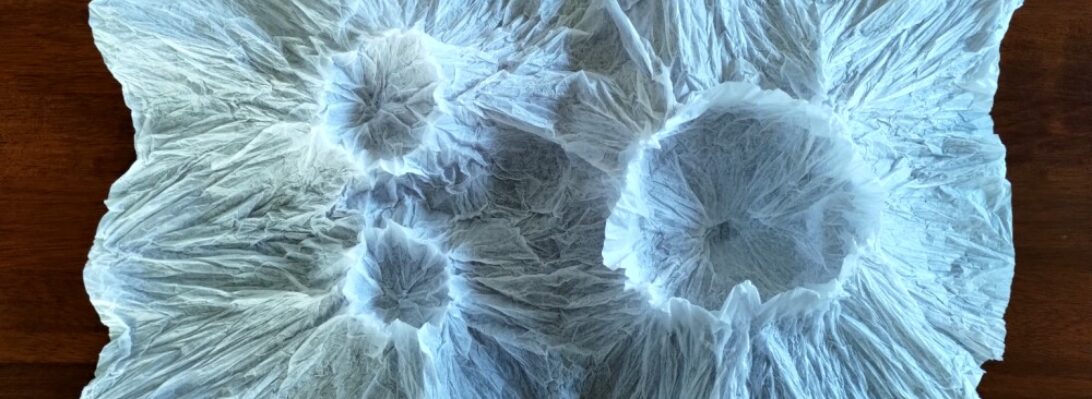Exploring the notion of curve-following corrugations, I drew a section of a sine wave, placed a series of graduated squares diagonally along it, constructed diagonal bisectors and extended them to the bounding boxes. then tiled, mirrored and flipped copies to construct a sine-wave that extended over an A4 page:

Although tiny, I used a stylus to score the necessary creases then spent a couple of hours delicately collapsing it.

The first few creases did not cooperate but as more of the structure emerged, it reinforced the remaining collapses and it sort of started to look after itself. Explore further the Maths behind this technique in this published paper.
Continue reading


















